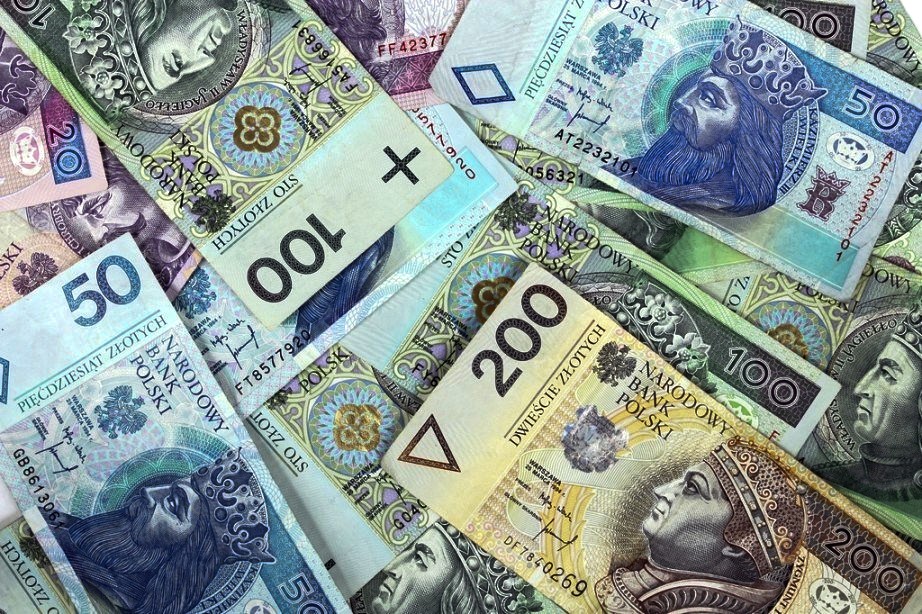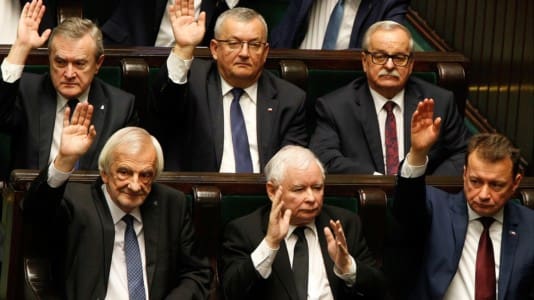Prices of consumer goods and services in Poland increased by 17.4 percent year-over-year in November 2022, compared to 17.9 percent in October. While inflation still remains stubbornly high, the new data represents the first decrease since February, when the anti-inflation shield was introduced.
Compared to October, prices increased by 0.7 percent in November, reported Statistics Poland (GUS) in a flash estimate.
The estimate by GUS shows that on an annual basis, food prices increased by 22.3 percent, and 1.6 percent on a monthly basis, and energy prices increased by 36.8 percent, representing a 0.1 percent decrease compared to October. Fuels are also 1.2 percent cheaper on a monthly basis; however, their price has seen a 15.5 percent increase year-over-year.
“Today, we are facing the consequences of two viruses: coronavirus and the virus of Russian imperialism,” said Polish Prime Minister Mateusz Morawiecki on Tuesday after the Council of Ministers’ meeting.
Morawiecki announced two new mechanisms of the inflation shield and assessed the results of the existing measures, saying that they have brought a halt to inflation.
“We developed measures aimed at reducing the effects of inflation from the start of the current trend. The zero VAT rate on food has been the main protective umbrella,” said Morawiecki, adding that the country will continue to use the same tools to combat the effects of inflation “at least through the first half of 2023.”
He commented on the current state of inflation, saying that a “light at the end of the tunnel” can be seen.
“The fight against inflation is long, but from the second quarter of next year, inflation might be in a strong declining trend,” said Morawiecki.






